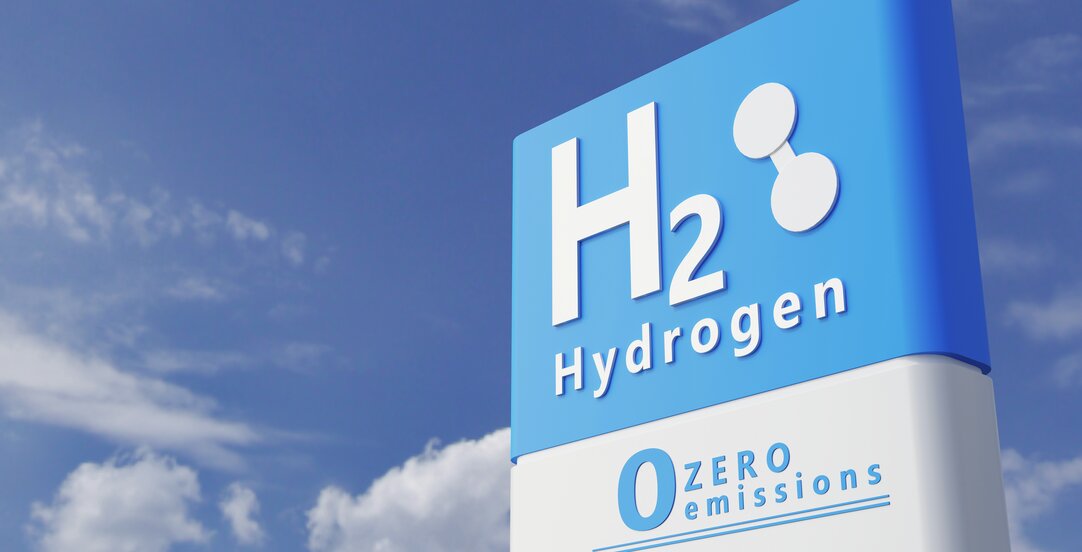The hydrogen puzzle – EU regulatory initiatives in the pipeline

Following the adoption of the EU Hydrogen Strategy and the EU Energy System Integration Strategy in July 2020, the European Commission has worked on various regulatory initiatives, as announced in the respective strategies, to facilitate the development of a well-functioning hydrogen market.
Lesetid 5 minutter
This article addresses the purpose and the status of the ongoing regulatory initiatives at EU level, which include revisions of EEA relevant legislation already implemented in the EEA Agreement and in Norwegian legislation.
The purpose of the regulatory initiatives
In July 2021, the European Commission (EC) presented the “Fit for 55” package, seeking to implement the at least 55% emission reduction target compared to 1990 levels which the EU has set for 2030. Proposed revisions to RED II (Directive 2018/2001/EU) and the EU Emissions Trading System (EU-ETS) (Directive 2003/87/EC) were part of this package. In parallel, the gas market legislation is currently under review and a legislative proposal is expected before the end of this year. The purpose of these legislative initiatives is to promote inter alia hydrogen by creating a level playing field and to facilitate the market entry of renewable and low-carbon gases, including hydrogen, and remove any regulatory barriers.
Proposed revision of RED II to include renewable hydrogen
RED II is the EU’s main legal instrument for the promotion of renewable energy across all sectors of the EU economy, establishing common principles and rules inter alia to remove barriers, stimulate investments and drive cost reductions in renewable energy technology. The proposed revision extends the EU-wide certification system for renewable fuels to include hydrogen. Also, to support the 40GW electrolyser goal in the EU’s Hydrogen Strategy, a new target for a 50% renewable share in hydrogen consumption in industry has been proposed, as well as binding targets for heavy-duty and long-distance transport, which are hard to decarbonise. The adoption of the proposed revision, which demonstrates how the EC is focusing on boosting hydrogen produced from renewable energy sources, is expected by the end of 2022.
Proposed revision of the EU Emissions Trading System to include renewable and low-carbon hydrogen
The EU Emissions Trading System (EU-ETS) contributes to the EU’s greenhouse gas reduction targets by setting a cap on the total amount of greenhouse gas emissions from participating entities, which include entities in energy-intensive industrial sectors, such as power stations and industrial plants. In essence, the scheme follows the “polluter pays” principle. Participating entities must buy, through auctions, or receive emissions allowances for each tonne of CO2 equivalent they emit. The participating entities may also trade emission allowances between each other.
Currently, only fossil-based hydrogen production is part of the scope of and receives free allowances under the EU-ETS. However, the revision proposed by the EC will extend the scope of the EU-ETS to include production of hydrogen with electrolysers, making renewable and low-carbon facilities eligible for free allowances. The purpose is to incentivise production from installations that reduce greenhouse gas emissions and to ensure a level playing field for all existing technologies. Specifically, broadening the scope of the EU-ETS will prevent participating entities wanting to switch to renewable or low carbon technology from facing competitive disadvantages. An adoption of the revised EU-ETS is expected by the end of 2021.
The ongoing revision of the EU secondary gas market legislation
The Gas Directive (Directive 2009/73/EC) and the Gas Regulation (Regulation 715/2009) are currently subject to review. The European Commission has indicated that a legislative proposal, which could be in the form of either revisions of the existing legislative instruments and/or a new legislative act, can be expected before the end of 2021.
First, the revision of the gas market legislation will need to address the emergence of a hydrogen market and hydrogen infrastructure. It is clear that the EC considers early regulatory intervention important to provide regulatory predictability for investors and avoid the emergence of non-regulated monopolies. The aim is that the market design for hydrogen should build on the existing EU market design for natural gas, including unbundling between regulated network activities and market-based supply and production (including Power-to-Gas) activities, non-discriminatory third party access, transparency, customer protection, tariff principles, network development based on foreseeable demand – aiming at avoiding stranded assets - and appropriate supervision and governance. This is reflected both in the EC’s inception impact assessment (roadmap) published on 10 February 2021 and the conclusions from the 35th Madrid Forum in March 2021. The challenge is to design rules that provide regulatory predictability, yet are flexible enough to allow for the various pathways hydrogen production patterns and infrastructure deployment may take.
Second, the gas market legislation has to be revised to facilitate access to existing gas infrastructure, including transmission, distribution and storage infrastructure and LNG terminals, and markets, subject to what is technically possible. The Gas Directive and the Gas Regulation are designed for the organisation and functioning of the current fossil-based natural gas sector. For instance, the current design of the gas market legislation reflects that natural gas is mainly imported to the EU from third countries. However, production facilities for hydrogen and decarbonised gases are decentralised, and may not be connected to any network at all as the gas could be consumed at the place of production or transported by other means to where it is used depending on e.g. the cost effectiveness and emissions associated with a particular means of transportation. Consequently, the rules have to be adapted to anticipate decentralised injections in the grid and allow for reverse flows from distribution to transmission level.
In addition, as the gas market legislation does not anticipate the emergence of hydrogen or decarbonised gases, it does not have mechanisms to address changes to the gas quality due to such alternative gases being added to the flows of natural gas. This quality issue also has a side to consumer protection and end-user applications. The ongoing review is addressing the quality issue that the increase of hydrogen and decarbonised gases give rise to, including work on standardisation.
The roadmap also indicates that a more integrated infrastructure planning is needed to facilitate system integration, and an alignment between the network planning procedures at European and national levels is envisaged.
The regulatory framework for hydrogen is still in the making
The regulatory framework for hydrogen that is currently in the making will be crucial for the development of a functioning hydrogen market, by creating regulatory predictability and a level playing field for all technologies. With respect to the market design, we consider a stepwise approach likely and we are following the regulatory developments closely.
